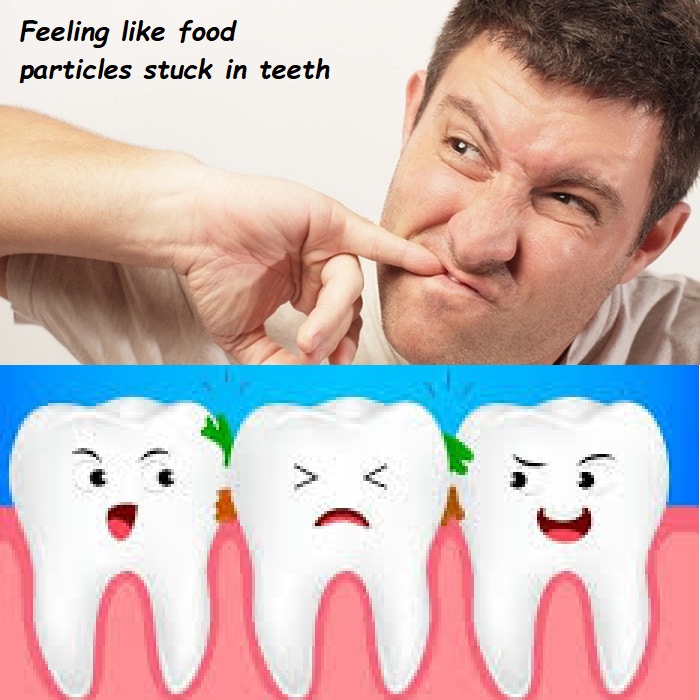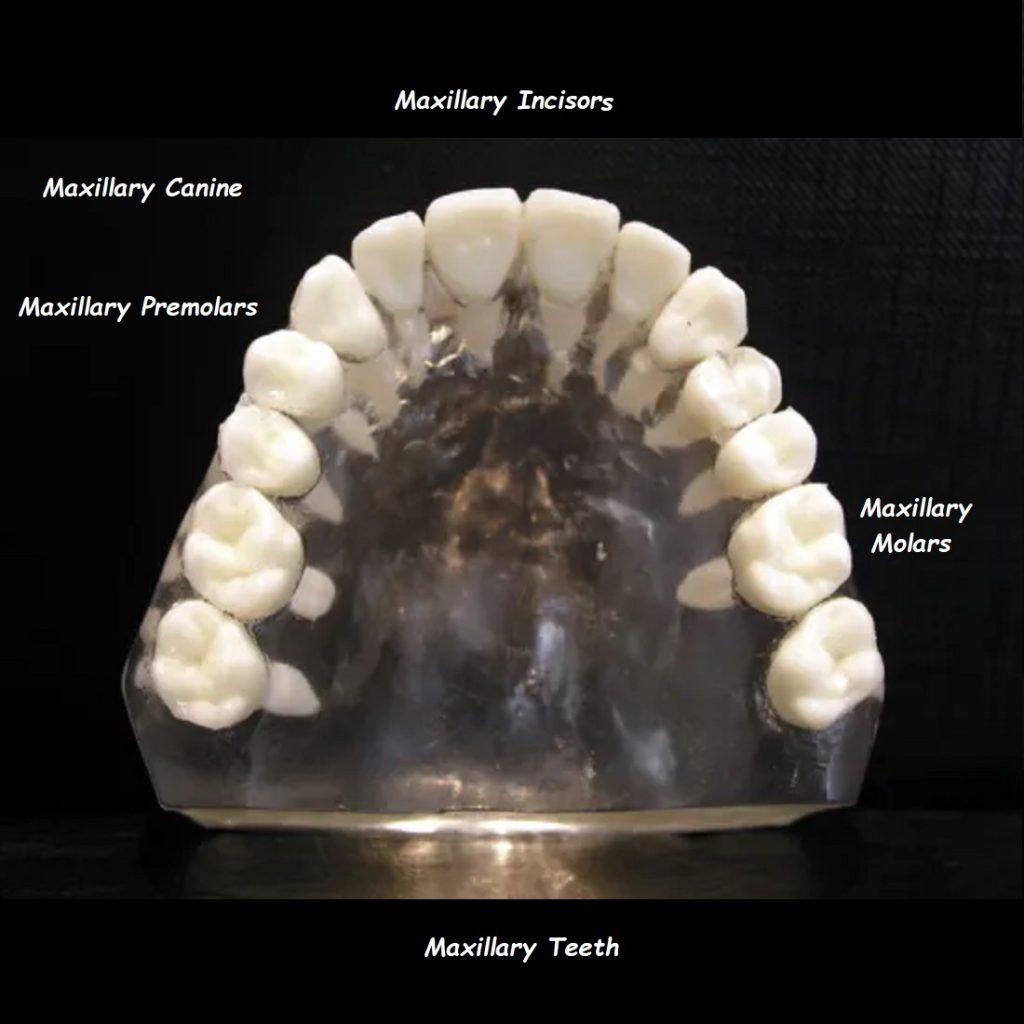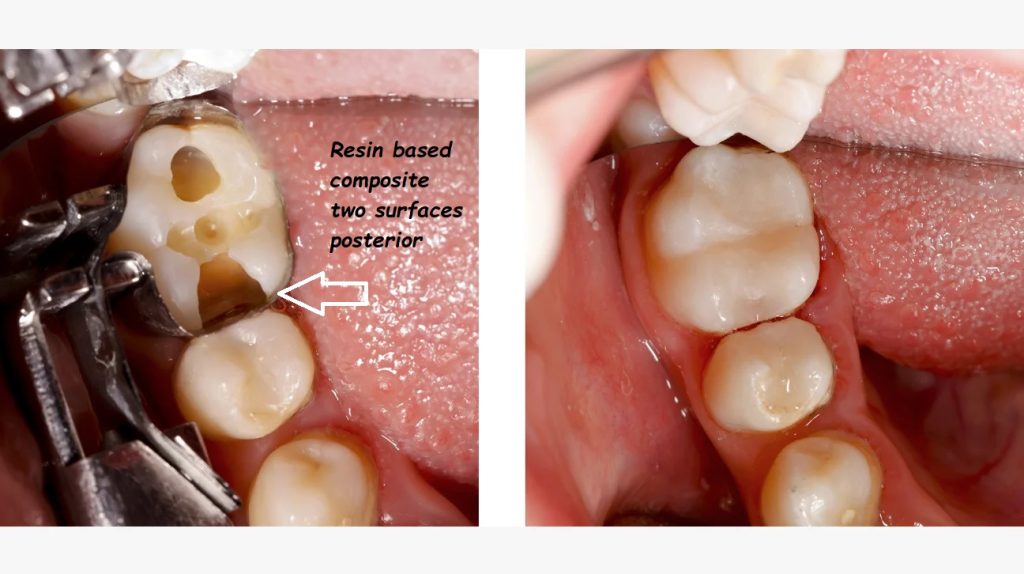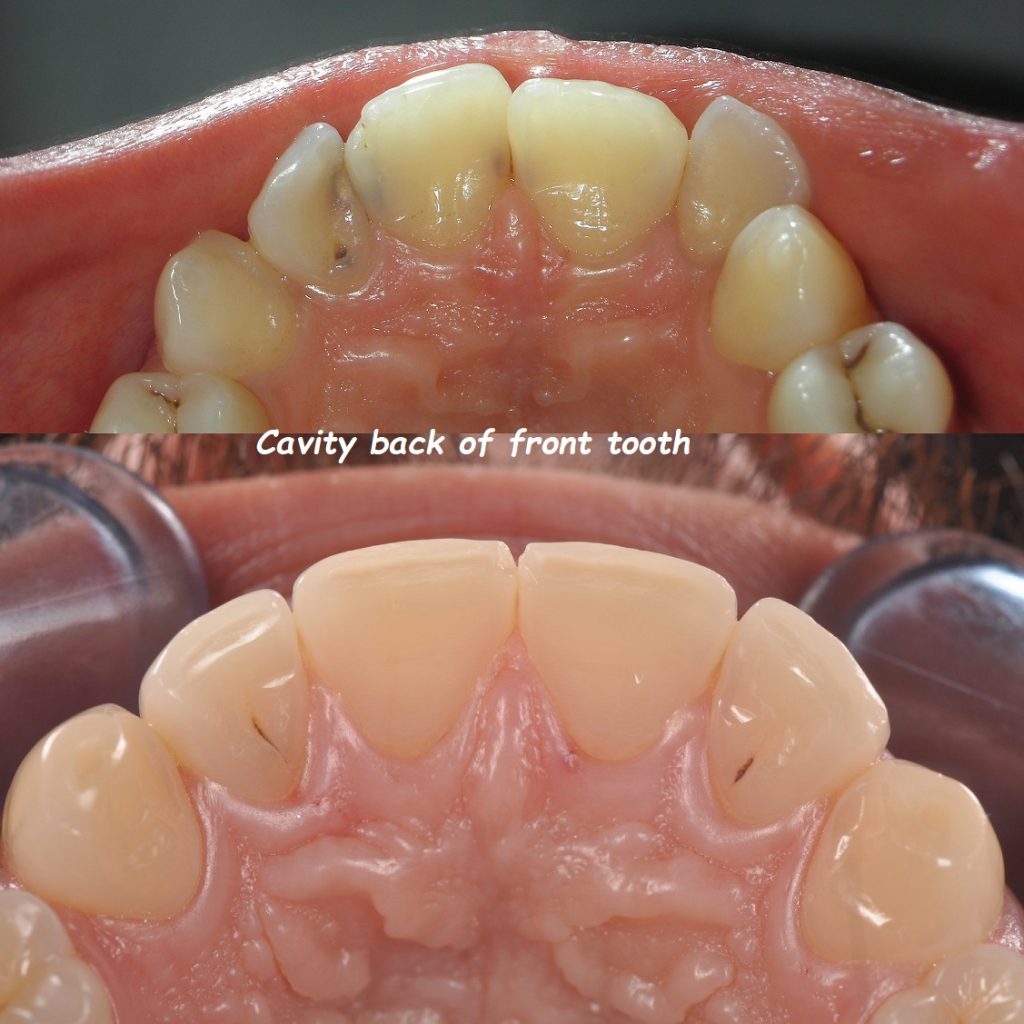how to remove cement from teeth

Dental cement is commonly used in various dental procedures, such as fitting crowns, bridges, braces, and fillings. While dental cement is vital for securing dental work, sometimes it can remain on the teeth after a procedure. This residual cement can be uncomfortable, unsightly, and potentially harmful if not properly managed. This comprehensive guide will explain how to remove cement from teeth safely and effectively, highlighting methods, tools, and professional techniques.
Understanding Dental Cement
Before diving into the removal process, it’s important to understand what dental cement is and why it is used. Dental cement is a substance used to hold dental prosthetics and appliances in place. It is chosen for its adhesive properties, biocompatibility, and durability. Different types of dental cement include:
- Glass Ionomer Cement: Often used for fillings and orthodontic work.
- Resin Cement: Commonly used for permanent crowns and bridges.
- Temporary Cement: Used for temporary restorations and easy removal.
- Zinc Oxide-Eugenol Cement: Known for its soothing properties, often used for temporary fillings.
Why Cement Might Remain on Teeth
Residual cement can remain on teeth for various reasons:
- Incomplete Removal: During a dental procedure, some cement might not be fully removed.
- Orthodontic Work: Braces and other appliances often leave behind cement.
- Accidental Spills: Cement can accidentally spill onto adjacent teeth during application.
- Patient Movement: Movement during the procedure can cause uneven cement application.
Potential Problems with Residual Cement
Leaving cement on teeth can lead to several issues:
- Discomfort: Rough or sharp edges can irritate the tongue and gums.
- Plaque Accumulation: Cement can trap food particles and bacteria, leading to plaque build-up.
- Gum Irritation: Cement near the gum line can cause inflammation and discomfort.
- Aesthetic Concerns: Residual cement can be unsightly and affect the appearance of your teeth.
Methods to Remove Cement from Teeth
Removing cement from teeth requires a careful and methodical approach. Here are several methods to consider:
- Professional Cleaning
- Dental Scaling and Polishing: Dentists use specialized tools to scrape off cement and polish the teeth.
- Ultrasonic Cleaning: An ultrasonic scaler uses vibrations to break down and remove cement.
- Laser Treatment: Lasers can precisely target and remove residual cement without damaging the surrounding enamel.
- At-Home Methods
- Brushing and Flossing: Regular brushing with a soft-bristled toothbrush and flossing can help dislodge small amounts of cement.
- Baking Soda and Hydrogen Peroxide: A mixture of baking soda and hydrogen peroxide can act as a mild abrasive to help remove cement.
- Dental Picks: Over-the-counter dental picks can be used to gently scrape off cement. However, caution is advised to avoid damaging the enamel.
Step-by-Step Guide to Removing Cement at Home
While professional cleaning is recommended, some mild cases of residual cement can be addressed at home. Here is a step-by-step guide:
- Assess the Situation: Determine the extent of the cement and whether it can be safely removed at home.
- Gather Supplies:
- Soft-bristled toothbrush
- Dental floss
- Baking soda
- Hydrogen peroxide
- Dental picks (optional)
- Brush Thoroughly: Use a soft-bristled toothbrush to brush the area gently but thoroughly.
- Floss Carefully: Floss between teeth to remove any cement caught between them.
- Prepare a Paste: Mix baking soda and hydrogen peroxide to form a paste. Apply it to the affected area and let it sit for a few minutes.
- Brush Again: Brush the area again to help break down the cement.
- Use Dental Picks (Optional): If comfortable, use a dental pick to gently scrape off any remaining cement.
- Rinse Thoroughly: Rinse your mouth with water to remove any debris.
Professional Techniques for Cement Removal
For more stubborn or extensive cases, professional techniques are necessary:
- Scaling and Polishing: Dentists use scalers to remove cement and polishers to smooth the enamel.
- Ultrasonic Scalers: These devices use high-frequency vibrations to break down and remove cement.
- Air Abrasion: A stream of air and abrasive particles is directed at the cement to remove it.
- Laser Dentistry: Lasers can precisely target and vaporize cement without damaging surrounding tissues.
Preventing Residual Cement
Prevention is always better than cure. Here are some tips to prevent residual cement:
- Choose an Experienced Dentist: An experienced dentist is more likely to apply and remove cement properly.
- Communicate During the Procedure: Inform your dentist if you feel any discomfort or rough spots during the procedure.
- Regular Dental Visits: Regular check-ups allow your dentist to spot and address any residual cement early.
- Proper Oral Hygiene: Maintaining good oral hygiene can help prevent cement from becoming a problem.
FAQs About Removing Cement from Teeth
Q1: Is it safe to remove dental cement at home? A: While minor cement residues can be removed at home with caution, it’s best to consult a dentist for more extensive removal to avoid damaging the enamel.
Q2: How long does it take for a dentist to remove cement? A: The time varies depending on the amount of cement and the method used, but it typically takes about 30 minutes to an hour.
Q3: Can dental cement damage my teeth? A: If left on the teeth, cement can cause irritation, plaque build-up, and potential gum issues. Proper removal is essential to avoid these problems.
Q4: How often should I get my teeth professionally cleaned? A: Regular dental cleanings every six months are recommended, but your dentist may suggest more frequent visits based on your individual needs.
Q5: What should I do if I feel discomfort from residual cement? A: Contact your dentist as soon as possible to schedule an appointment for professional removal.
The Role of Good Oral Hygiene
Maintaining good oral hygiene is crucial for preventing and managing residual dental cement:
- Brushing: Brush twice daily with fluoride toothpaste.
- Flossing: Floss daily to remove food particles and plaque between teeth.
- Mouthwash: Use an antimicrobial mouthwash to reduce bacteria and plaque.
- Diet: Avoid sugary and acidic foods that can promote plaque formation.
The Importance of Regular Dental Visits
Regular dental visits are essential for maintaining oral health and addressing issues like residual cement:
- Professional Cleaning: Regular cleanings help remove plaque, tartar, and any residual cement.
- Early Detection: Dentists can identify and treat dental issues before they become serious problems.
- Personalized Advice: Your dentist can provide tailored advice for maintaining oral health based on your specific needs.
Understanding Different Types of Dental Cement
Different types of dental cement have unique properties and removal requirements:
- Glass Ionomer Cement: Bonds well to enamel and dentin, often used for fillings and orthodontic work.
- Resin Cement: Provides strong adhesion, commonly used for permanent restorations.
- Temporary Cement: Designed for easy removal, often used for temporary crowns and fillings.
- Zinc Oxide-Eugenol Cement: Known for its soothing properties, used for temporary restorations and as a base under fillings.
Advanced Techniques for Cement Removal
For challenging cases, advanced dental techniques may be employed:
- Microabrasion: A minimally invasive technique using fine particles to gently remove cement.
- Dental Lasers: Precise and efficient, lasers can vaporize cement without damaging surrounding tissues.
- Specialized Scalers: High-precision scalers designed specifically for removing cement from hard-to-reach areas.
Post-Removal Care
After removing residual cement, proper care is essential to maintain oral health:
- Sensitivity Management: Use desensitizing toothpaste if you experience sensitivity after cement removal.
- Follow-Up Visits: Schedule follow-up visits to ensure the cement removal was successful and to monitor your oral health.
- Oral Hygiene Routine: Continue to brush, floss, and use mouthwash regularly to prevent future issues.
The Impact of Residual Cement on Dental Health
Understanding the potential impact of residual cement highlights the importance of proper removal:
- Gum Health: Cement can cause gum irritation and inflammation if not removed.
- Tooth Decay: Cement traps bacteria and food particles, leading to plaque build-up and tooth decay.
- Aesthetic Concerns: Visible cement can affect the appearance of your smile and self-confidence.
- Overall Comfort: Removing cement improves comfort by eliminating rough or sharp edges that can irritate the mouth.
Professional Cleaning: What to Expect
Knowing what to expect during a professional cleaning can help alleviate anxiety:
- Initial Examination: The dentist will examine your mouth to assess the extent of the cement.
- Scaling: Using specialized tools, the dentist will carefully remove the cement.
- Polishing: The teeth are polished to smooth the enamel and remove any remaining residue.
- Fluoride Treatment: A fluoride treatment may be applied to strengthen the teeth and protect against decay.
DIY vs. Professional Cement Removal
Weighing the pros and cons of DIY and professional cement removal can help you make an informed decision:
- DIY Removal
- Pros: Convenient, cost-effective for minor residues.
- Cons: Risk of damaging enamel, less effective for extensive cement.
- Professional Removal
- Pros: Safe, thorough, and effective for all types of cement.
- Cons: Requires a dental visit, potentially higher cost.
Conclusion
Removing cement from teeth is an important aspect of maintaining oral health after dental procedures. While minor residues can be managed at home with careful methods, professional removal by a dentist is the safest and most effective approach for more significant cases. By understanding the types of dental cement, potential problems, and proper removal techniques, you can ensure your teeth remain healthy and comfortable. Regular dental visits and good oral hygiene practices are essential for preventing and addressing residual cement, contributing to a brighter, healthier smile.
Learn how to remove cement from teeth safely and effectively. This comprehensive guide covers professional techniques, at-home methods, and tips for maintaining oral health after dental procedures.









